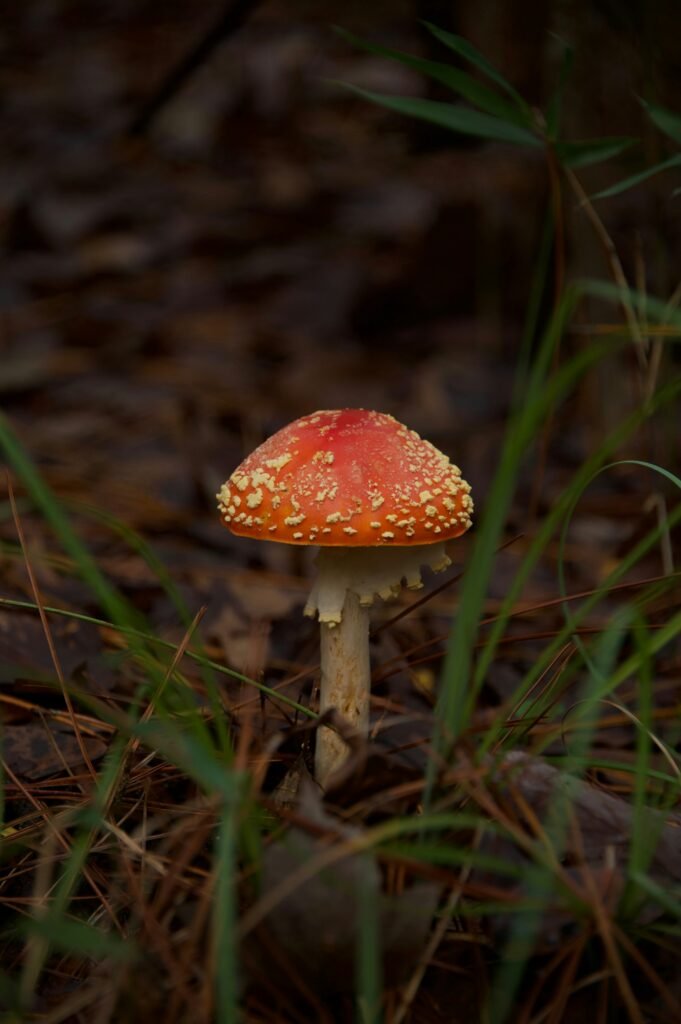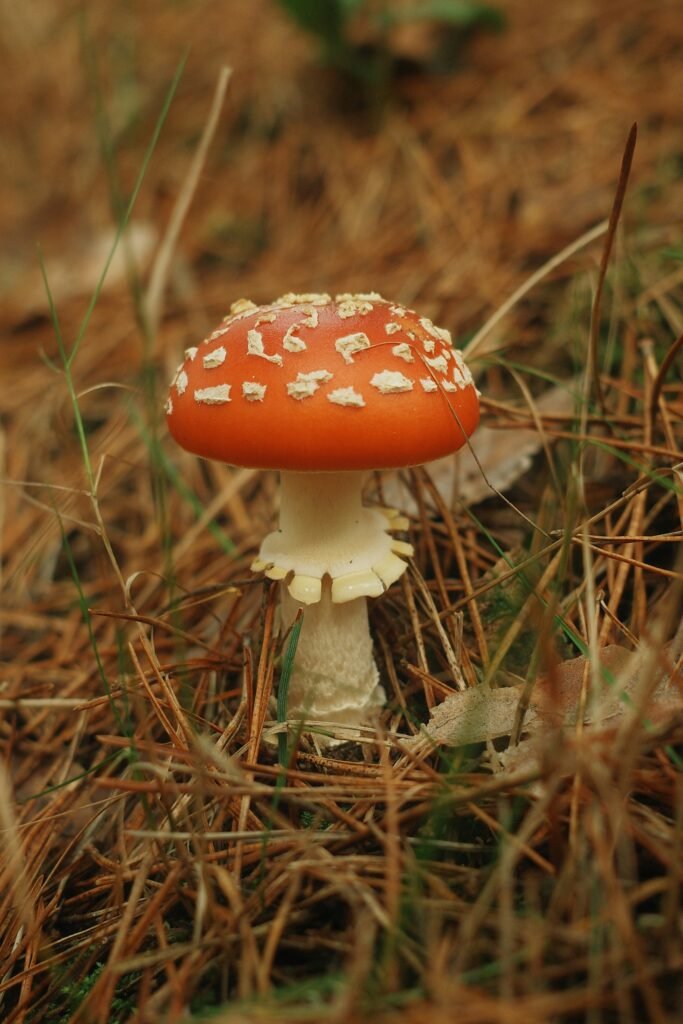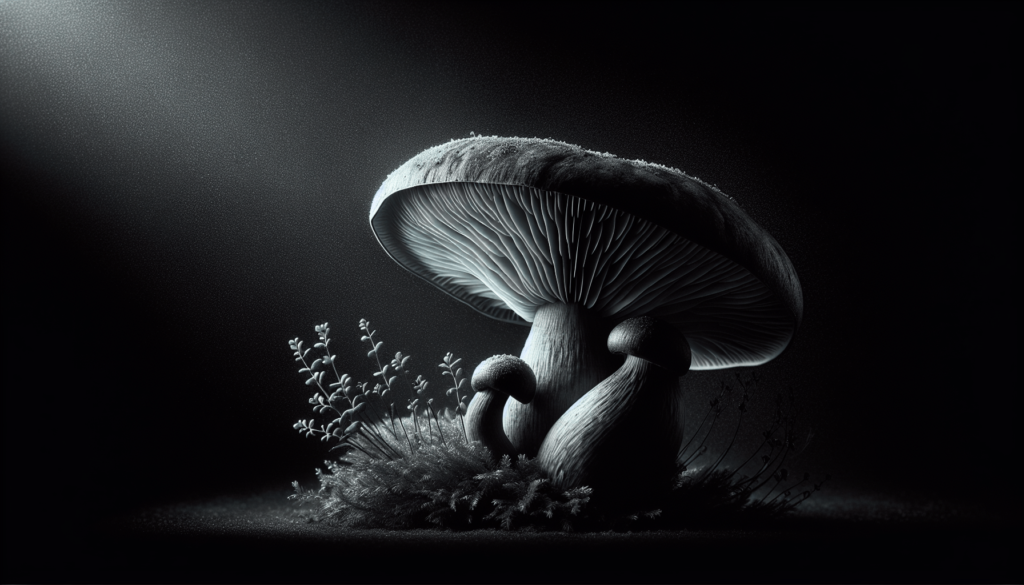Imagine walking through a dense forest, surrounded by a mystical aura of towering trees and vibrant greenery. As curiosity guides your every step, you stumble upon a cluster of delicate mushrooms, captivating in their beauty, yet concealing an imminent danger beneath their charming exteriors. Among these natural wonders, one question lingers in your mind: What is the most poisonous mushroom? Delving into the enchanting world of fungi, this article aims to shed light on the sinister nature of some mushrooms, cautioning you against the allure of these seemingly innocent organisms.
Introduction to Poisonous Mushrooms
Definition of mushrooms
Mushrooms are the fruiting bodies of certain fungi, typically characterized by a stem, cap, and gills on the underside of the cap. They come in a variety of shapes, sizes, and colors, and are widely distributed across the world. While many mushrooms are edible and even prized for their culinary value, it is important to note that some mushrooms can be highly toxic and potentially deadly if ingested.
Classification of mushrooms
Mushrooms are classified into different groups based on their physical characteristics and genetic makeup. The scientific classification of mushrooms involves categorizing them into various orders, families, genera, and species, which helps in identifying and understanding their characteristics. This classification also helps in distinguishing between edible and poisonous mushrooms.
Identification of poisonous mushrooms
Identifying poisonous mushrooms can be a challenging task, as some toxic and non-toxic species may closely resemble each other. However, there are certain key features that can help in differentiating poisonous mushrooms from their edible counterparts. These features include the shape of the cap and stem, the presence of gills or pores, spore color, and the overall appearance of the mushroom. It is crucial to rely on expert knowledge or field guides to accurately identify mushrooms and avoid accidental ingestion of toxic species.

Toxicity of Mushrooms
Overview of mushroom toxicity
Mushroom toxicity refers to the harmful effects that certain mushrooms can have on humans and animals when ingested. Not all mushrooms are toxic, but those that are can cause a range of symptoms from mild gastrointestinal discomfort to severe organ failure and even death. Understanding the toxicity of mushrooms is essential to prevent accidental poisoning and ensure the safety of individuals who come into contact with them.
Types of mushroom toxins
Mushroom toxins can be classified into various categories based on their chemical nature and effects on the human body. Some common types of mushroom toxins include amatoxins, which target the liver and kidneys; muscarine, which affects the nervous system; and ibotenic acid, which can cause hallucinations. Each toxin has a distinct mechanism of action and can lead to different symptoms and health complications.
Factors affecting toxicity
The toxicity of mushrooms can be influenced by several factors, including the species of mushroom, the geographic region it is found in, the age of the mushroom, and even the environmental conditions in which it grows. Environmental factors such as temperature, humidity, and soil composition can affect the concentration of toxins in mushrooms, making their toxicity levels variable. This variability makes it even more important to exercise caution when consuming wild mushrooms.
Symptoms of mushroom poisoning
The symptoms of mushroom poisoning can vary depending on the specific toxin and the amount ingested. Common symptoms may include nausea, vomiting, abdominal pain, diarrhea, sweating, dizziness, and hallucinations. In more severe cases, symptoms may progress to liver or kidney damage, seizures, coma, and even death. It is crucial to seek immediate medical attention if mushroom poisoning is suspected, as early intervention greatly increases the chances of a positive outcome.

The Deadliest Mushroom
Introduction to the deadliest mushroom
The deadliest mushroom, often referred to as the “death cap,” is a highly toxic fungus that poses a serious threat to human health. It is considered one of the most lethal mushrooms in the world and has been responsible for numerous cases of fatal poisoning throughout history. The death cap belongs to the genus Amanita, which includes several other toxic species.
Genus and species name
The scientific name for the deadliest mushroom is Amanita phalloides. This mushroom is part of the Amanita genus, which is known for containing some of the most toxic mushrooms. The specific epithet “phalloides” refers to the phallic-shaped appearance of the mushroom’s cap.
Appearance and habitat
The death cap mushroom is characterized by a yellow-green or olive-colored cap, which can vary in size but typically reaches a diameter of 5-15 centimeters. It has white gills and a smooth, white stem with a skirt-like ring near the top. This species is commonly found growing in association with deciduous trees, particularly oak and beech, in temperate regions around the world.
Toxic components
The toxicity of the death cap mushroom is primarily attributed to the presence of potent cyclic peptides known as amatoxins. These amatoxins, including alpha-amanitin and beta-amanitin, are resistant to heat and digestion, making them highly toxic to humans and animals. Ingesting even a small amount of the death cap can lead to severe liver and kidney damage, often with fatal consequences.
Lethal dose
The lethal dose of the death cap mushroom can vary depending on several factors, including the individual’s body weight, overall health, and the specific concentration of toxins in the mushroom. However, even a single cap or a few grams of the death cap can contain a lethal dose of amatoxins, making it an extremely dangerous fungus.
Historical cases of poisoning
Throughout history, the consumption of death cap mushrooms has resulted in numerous cases of severe poisoning and even death. Notable historical cases include the death of Holy Roman Emperor Charles VI in 1740 and the poisoning of Nicholas II and his family, the last Russian Tsar, by Bolshevik assassins in 1918. These cases highlight the deadly nature of the death cap mushroom and the importance of awareness and caution.
Symptoms, progression, and treatment
Ingestion of the death cap mushroom can lead to a delayed onset of symptoms, typically occurring 6-24 hours after ingestion. Initially, individuals may experience gastrointestinal symptoms such as nausea, vomiting, and diarrhea. As the toxins progress, they cause liver and kidney damage, leading to jaundice, abdominal pain, and a deterioration in overall health. Prompt medical attention, including supportive care and potentially liver transplantation, is crucial for increasing the chances of survival.
Preventing ingestion
The best way to prevent ingestion of the deadliest mushroom is through education and awareness. It is important to be familiar with the appearance and characteristics of the death cap mushroom, as well as other toxic species. Additionally, individuals should exercise caution when foraging for wild mushrooms and only consume mushrooms that have been definitively identified as safe by experts. Educating the general public, especially children, about the dangers of poisonous mushrooms and promoting responsible mushroom foraging practices can help reduce the risk of accidental ingestion.

Other Highly Poisonous Mushrooms
Amanita phalloides (Death Cap)
Galerina marginata (Deadly Galerina)
Conocybe filaris (Conecap)
Gymnopilus junonius (Big Laughing Gym)
Cortinarius rubellus (Deadly Webcap)
(Continued in the next message)

